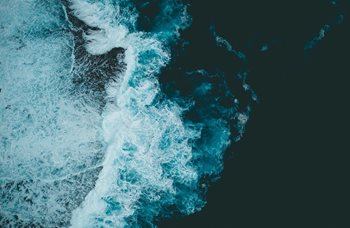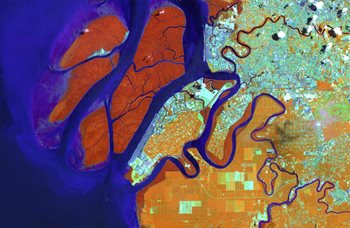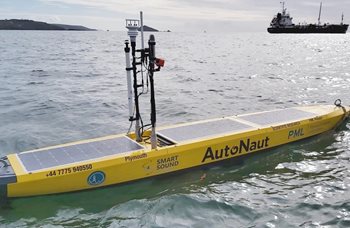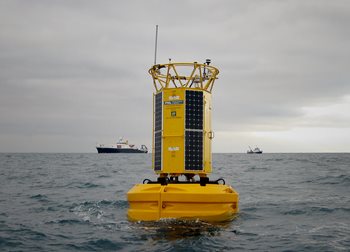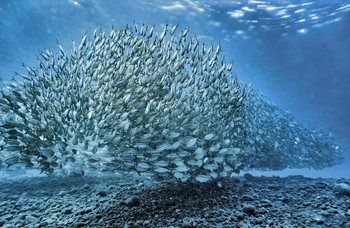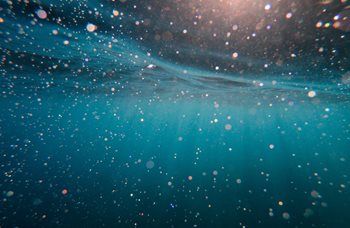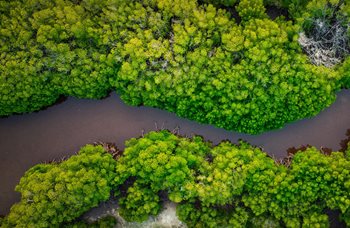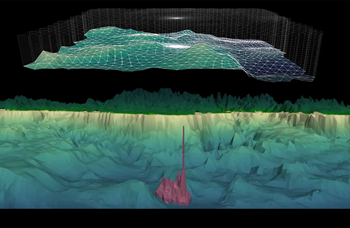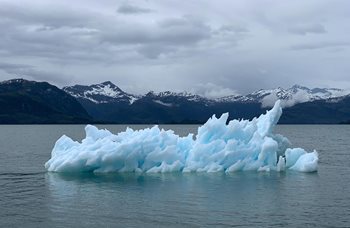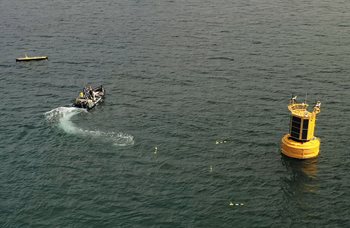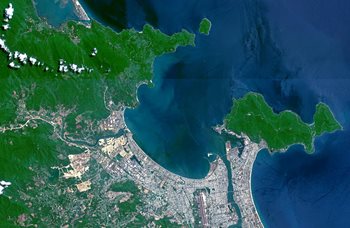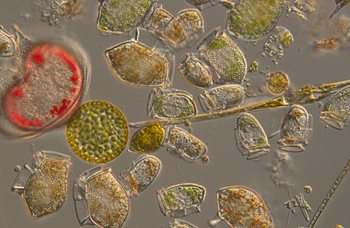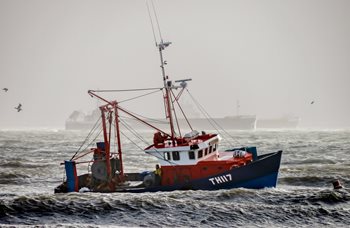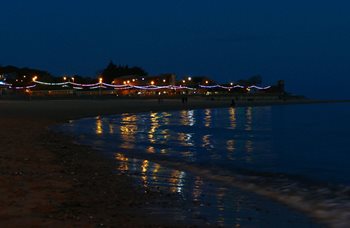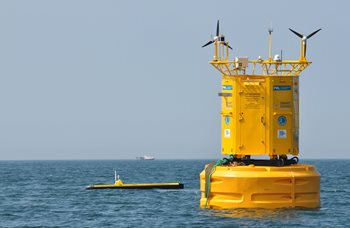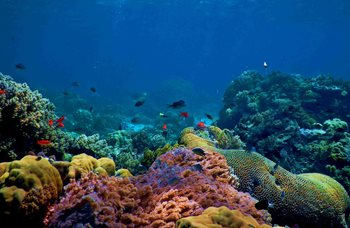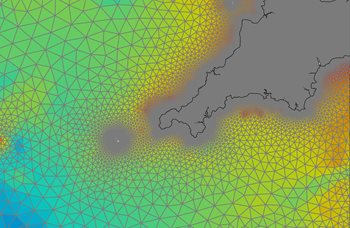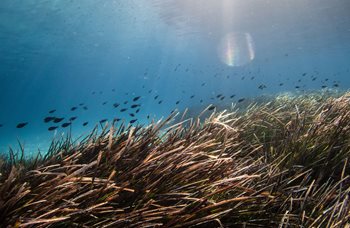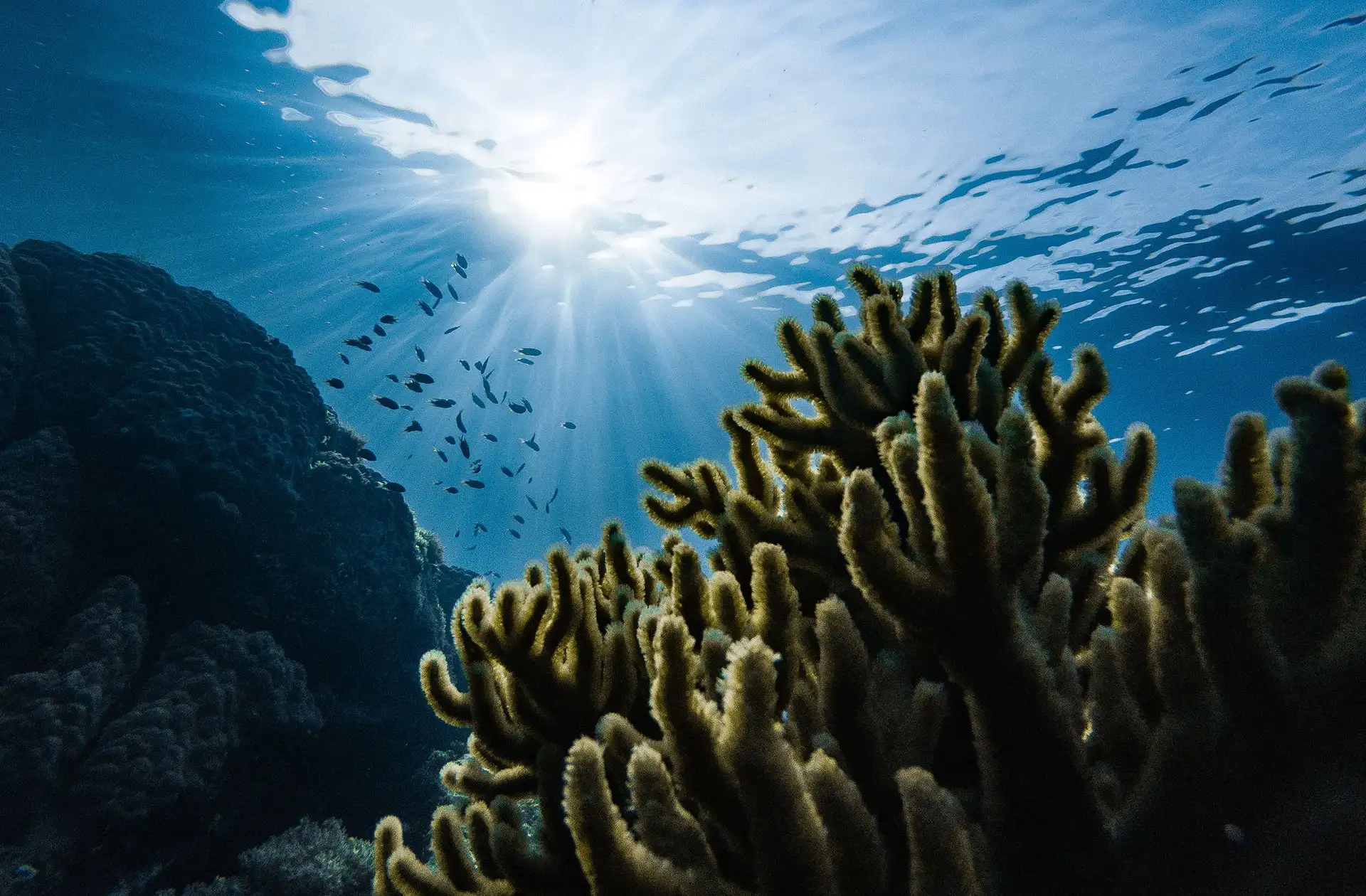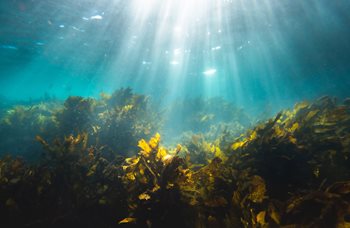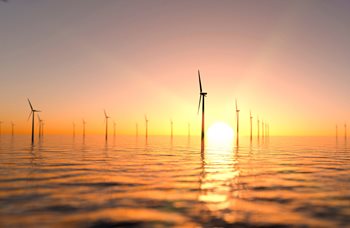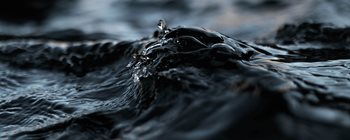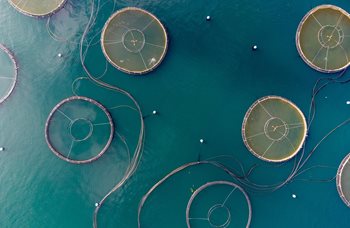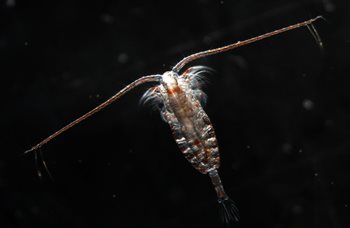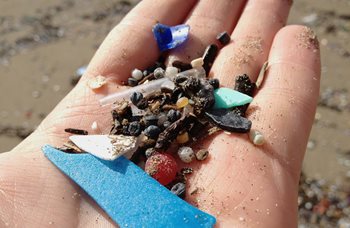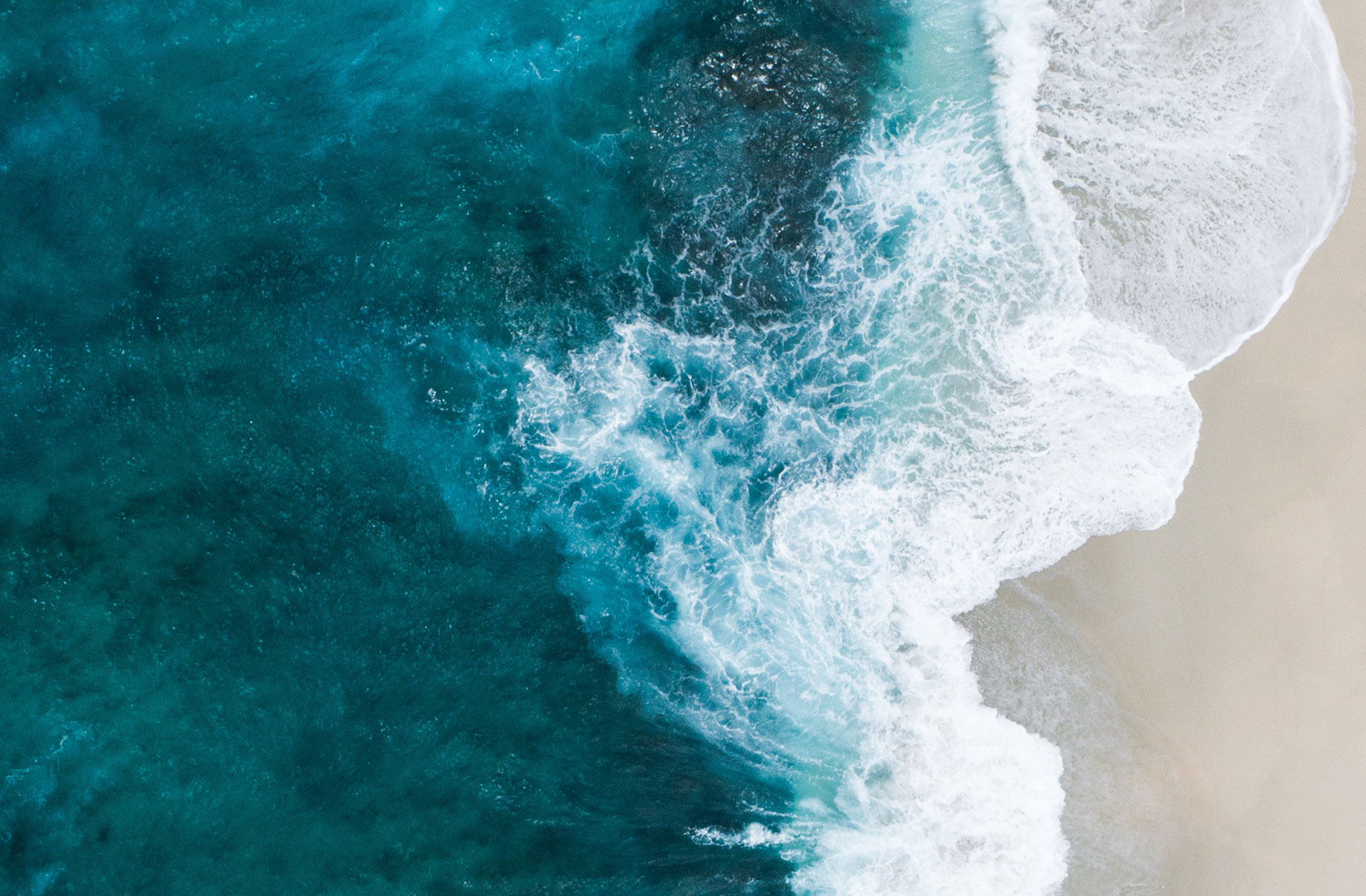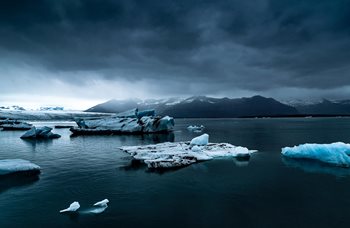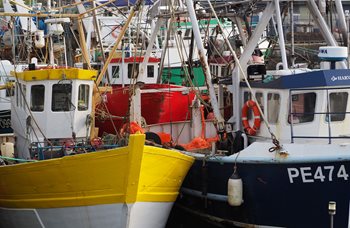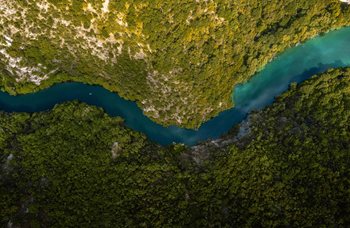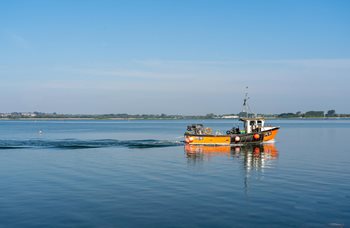Science Topic
Sea-level rise
Sea level has been rising for most of the last hundred years, with potential devastating impact on coastal communities. The challenge is to quantify this accurately enough that regional patterns can be discerned and understood, and the contributions from thermal expansion and from ice sheet melting be determined.
The main tool for global measurements of sea level is the radar altimeter, and PML have been active in projects to determine their accuracy through intercomparison with other altimeters and through validation using in situ tide gauges. With satellite-borne altimeters flying 800-1300 km above the Earth’s surface, great care is needed to derive sea level to within a few centimetres. Furthermore the stability of the instruments needs to be maintained so that trends of a few cm per decade can be reliably estimated.
Particular challenges are encountered in the coastal zone and the marginal ice zone, due to the complex radar echoes returned in these environments. PML has contributed to the development of the ALES retracker designed to return accurate sea level data in regions where land reflections may contaminate the echoes. PML were also involved in the creation of a retracker able to seamlessly cover both sea-ice surfaces and the leads within then, so enabling the difference between ice level and water level (the “freeboard”) to be determined.
The Sea Level CCI (Climate Change Initiative) brought together many altimetry experts from Europe to determine the best atmospheric, instrumental and geophysical corrections for each of many satellites to help deliver a homogeneous dataset spanning 23 years. This dataset has enabled many papers on aspects of sea level rise and climate change.
Working within the S3MPC project, PML has co-ordinated the calibration/validation activities of a number of European partners looking at the performance of the Sentinel-3 altimeters. This has involved bringing together estimates of instrument bias from radar transponders, a large mountain lake and from highly instrumented marine sites. The activities of the S3MPC also extend to assessing measurements of river and lake level from altimeters as well as assessing the derived topography of Greenland and Antarctica.
Support sea level rise researchPML Project pages
Resources and Links
ESA Climate Office Sea Level data (to which PML contributes)Selected publications
Passaro, M; Cipollini, P; Vignudelli, S; Quartly, GD; Snaith, HM; 2014. ALES: a multi-mission adaptive sub-waveform retracker for coastal and open ocean altimetry. Remote Sensing of Environment.
Quartly, GD; Legeais, J-F; Ablain, M; Zawadzki, L; Fernandes, MJ; Rudenko, S; et al. 2017. A new phase in the production of quality-controlled sea level data. Earth System Science Data.
Legeais, J-F; Ablain, M; Zawadzki, L; Zuo, H; Johannessen, JA; Scharffenberg, MG; Fenoglio-Marc, L; Fernandes, MJ; Andersen, OB; Rudenko, S; Cipollini, P; Quartly, GD; Passaro, M; Cazenave, A; Benveniste, J; 2018. An improved and homogeneous altimeter sea level record: from the ESA Climate Change Initiative. Earth System Science Data.
Poisson, JC; Quartly, GD; Kurekin, AA; Thibaut, P; Hoang, D; Nencioli, F; 2018. Development of an ENVISAT altimetry processor ensuring sea level continuity between open ocean and Arctic leads. IEEE Transactions on Geoscience and Remote Sensing.
Quartly, GD; Rinne, E; Passaro, M; Andersen, OB; Dinardo, S; Fleury, S; Guillot, A; Hendricks, S; Kurekin, AA; Müller, FL; Ricker, R; Skourup, H; Tsamados, M; 2019. Retrieving sea level and freeboard in the Arctic: A review of current radar altimetry methodologies and future perspectives. Remote Sensing.
Quartly, GD; Nencioli, F; Raynal, M; Bonnefond, P; Garcia, PN et al. 2020. The roles of the S3MPC: Monitoring, xalidation and evolution of Sentinel-3 altimetry observations. Remote Sensing.
People who work in this area of research
Dr Graham Quartly
Physical oceanographer (Remote sensing)
gqu@pml.ac.uk
![Article Changes in sea level are the result of many factors both global and regional. This image shows that the rate of sea level rise in the Atlantic and Indian Oceans is much more than in the Eastern Pacific. [From Legeais et al., 2018]](/getattachment/f82ab644-829e-4084-86a7-149b5b5a9d5f/sealevelrise_legeais2018_fig2.png?maxsidesize=1000)

